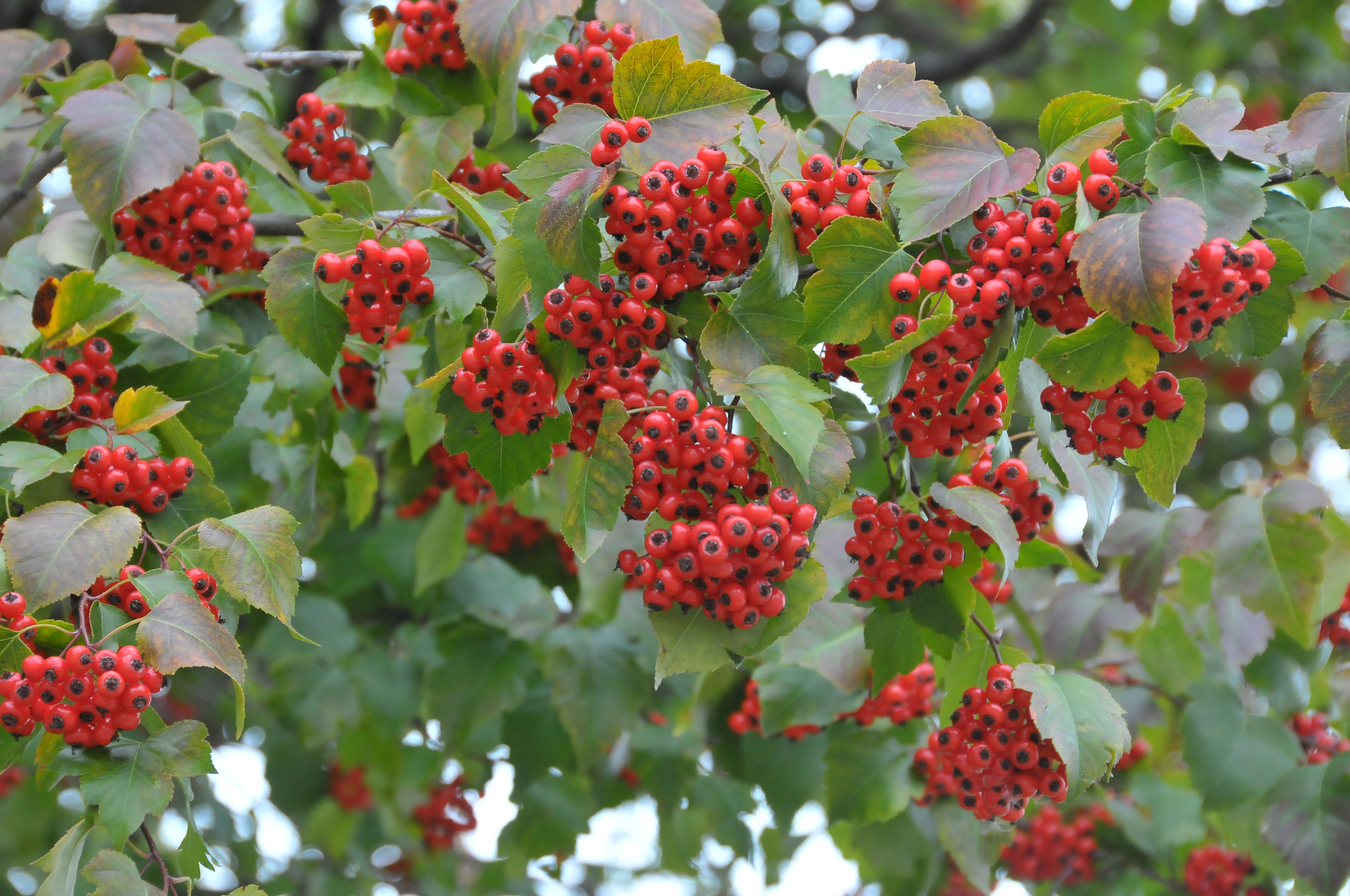Washington Hawthorn: All You Need To Know About The Tree
Washington hawthorn trees can grow up to a height of 35 feet but in general, they hover between 25 to 35 feet in height.
Author:James PierceReviewer:Iram MartinsAug 21, 20202.6K Shares218.4K Views

While looking for a tree to fulfill your landscaping needs, the Washington Hawthorn isn't the first tree that might flash inside your mind. However, you should seriously consider this tree for your landscaping needs as this June bloomer offers a lot more for your yards than a lot of more popular species. In this post, we will find out more about the Washington Hawthorn tree and see how you can use it to beautify your garden/front yard. Let's get started:
Washington Hawthorn Tree: Important Facts To Consider
Washington Hawthorn: Botanical Facts
As per plant taxonomists, the Washington Hawthorn tree is classified as the Crataegus Phaenopyrum. As members of the large rose family of plants (making them relatives of apple trees), they are deciduous, flowering trees.
Washington Hawthorn: Plant Traits
Washington hawthorn trees can grow up to a height of 35 feet but in general, they hover between 25 to 35 feet in height. The Washington Hawthorn also has a spread of 25 to 35 feet. Washington Hawthorns are well known for their clusters of white blooms. They are a late blooming species which typically bloom from late spring to early summer. These flowers, known for their distinctive odor, eventually produce berries (usually red) that stay on the branches till winter. Birds such as Cedar Waxwings feast on these berries.
The bark of the Washington hawthorn tree is also very beautiful. It adds more drama to the winter landscape. The winter branches have thorns. During the summer, the Washington hawthorn shimmers with shiny, dark green leaves. During autumn, Washington hawthorns flash brilliant shades of orange and red.
Washington hawthorn trees are generally very attractive and they have thick foliage which can be used as privacy shades if grown in a big group. Many homeowners use Washington hawthorns as security hedges by pruning the sharp thorns. The dense foliage of the Washington hawthorns also makes them great shade trees.
Washington Hawthorn: Cultivation
Washington Hawthorn trees grow best in well drained soil and require a good amount of sunlight. However, once their roots take firm hold of the ground, they can withstand some doubt periods as well. Washington Hawthorns are some of the most disease-resistant hawthorns as well. They need fertilizing every other year and some pruning is also required. Be careful about having Washington hawthorns if you have dogs, they can be poisonous.
What Are Some Other Types Of Hawthorns
Washington hawthorn trees are native to the southeastern United States. However, they are not the only species of the hawthorn tree in the world. Here are some other types. All hawthorns produce edible berries too:
- Cockspur hawthorn (Crataegus crus-galli) is another eastern North American native. It has white flowers and grows to be about as big as the Washington Hawthorn. The biggest difference is in the leaves, which, unlike those on C. laevigata and C. phaenopyrum, are unlobed.
- English hawthorns (Crataegus laevigata) have a lot of history associated with them. They were considered sacred for fairies in ancient Celtic lands. English Hawthorn is one of the three trees which form the "fairy-tree triad". The triad includes oak (Quercus) and ash (Fraxinus). Legend has it that where all three of these trees grow together, people might encounter fairies. Native to Europe, the English Hawthorn is shorter than the Washington hawthorn, topping out at 25 feet.
Not all hawthorn plants are trees. Indian hawthorns (Rhaphiolepis indica) are actually broadleaf evergreen shrubs.
A salt-tolerant, slow grower, the Indian hawthorn requires a lot of sunlight. It blooms with pink or white flower clusters which eventually turn into blue colored berries. The Indian hawthorn is also sought out for its beautiful dark green leaves.
What Are Some Other Names For The Washington Hawthorn?
You will sometimes observe the misspelling, "hawthorne" trees. You might have even come across it in some book. Seeing "Hawthorne" in a book is a great reason to be convinced that it might be the correct spelling for the tree as well. However, that's not the case. Nathaniel Hawthorne was a great American writer of the 19th century. However, his name has nothing to do with the tree that we are discussing here. It's always spelled without the "e" at the end. It consists of "haw" (name for the berry of Crataegus laevigata) and "thorn" (for its thorny branches).
Use Washington Hawthorn To Keep Your Garden Blooming
People with flowering specimens that are in full bloom during spring can end up with a very bland, colorless garden near the end of spring as the flowers would've shed. The Washington Hawthorn can be extremely helpful in this scenario. Since it's a late bloomer, it can be used to keep your garden looking flowery and colorful during the gap between the spring blooms and autumn foliage. Early blooming trees are definitely great right after winter but they wither away quickly. You can plant some late Washington hawthorns in your garden to ensure that it's bright and colorful for longer.
Jump to

James Pierce
Author

Iram Martins
Reviewer
Latest Articles
Popular Articles